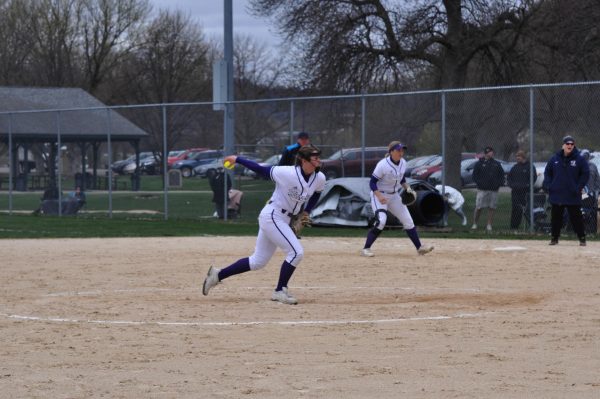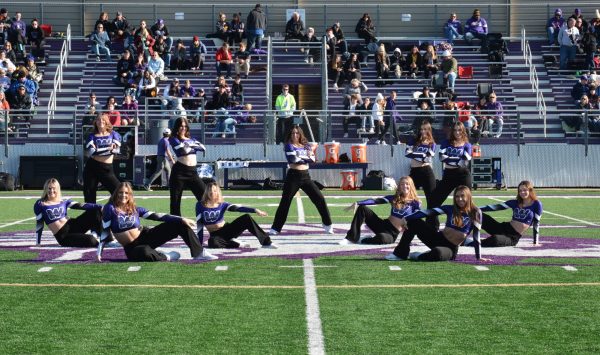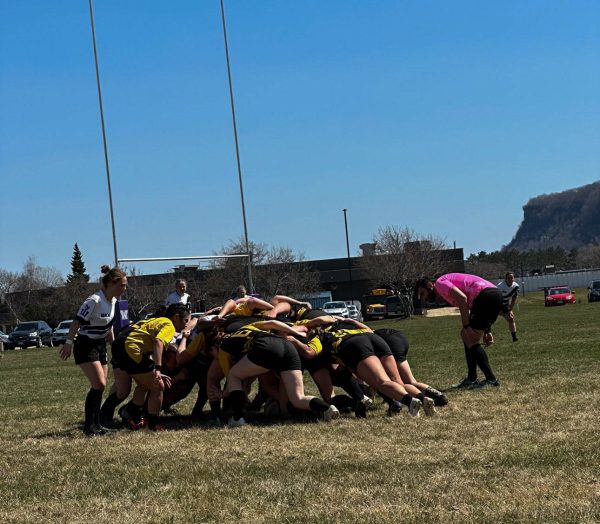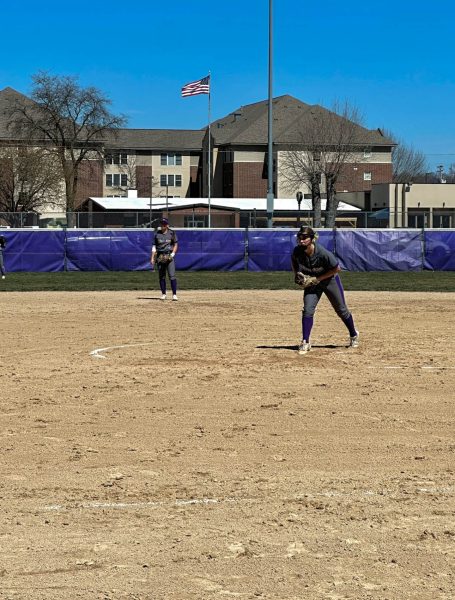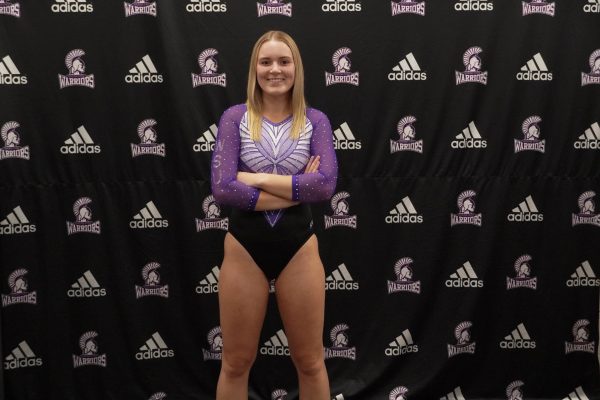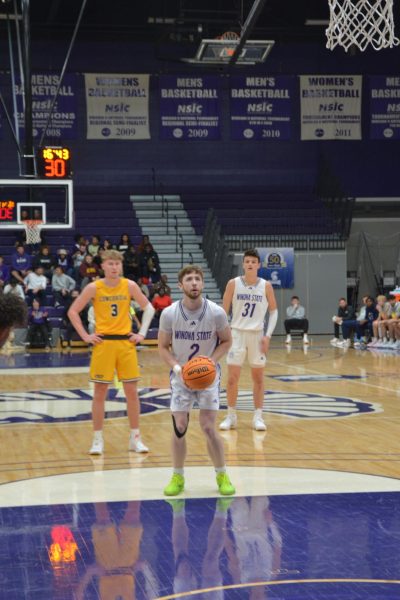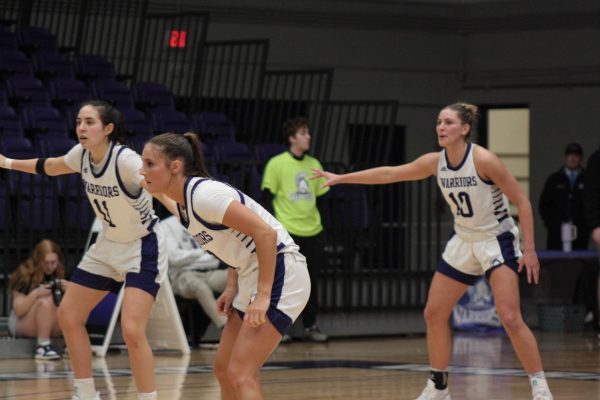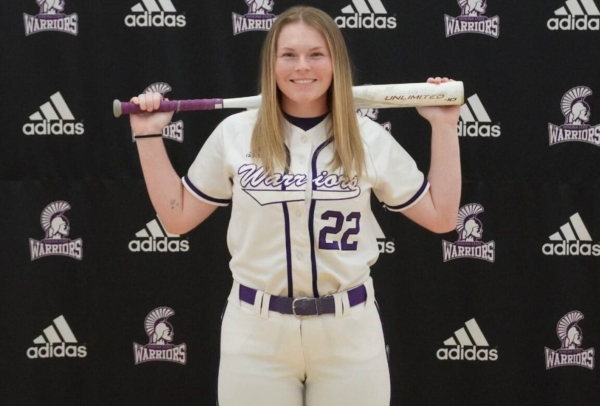The struggles of a sports staff during COVID-19
December 2, 2020
It was March 11, and the final weekend of conference basketball tournaments were coming up, soon to be followed by the 68-team women’s NCAA tournament, the beginning of the Major League Baseball season and continuation of the NBA season.
And then, with a COVID-19 cough heard all over the globe, everyone lost the chance to play collegiate and professional sports, or the chance to watch them for the meantime.
How big of a loss is that? ESPN estimates that it airs 200 hours of sports programming each day for all of its networks. That is about 1,400 hours a week and roughly 6,000 hours a month, suddenly lost.
Once the NBA announced it would suspend all play, all of the other sports leagues followed suit and ESPN was abruptly left without any games to air, cover or build a daily lineup around.
Scaling down to the division II and division III level of sports, sports were postponed, cancelled and student athletes were left out in the cold.
Local sports stations, publications and blogs were left with a few underlying questions.
What is there left to cover?
Where do you go from here?
These types of questions and issues led sports writers, reporters and editors to think outside the box.
For the Winonan, the eruption of COVID during the spring of 2020 meant shutting down the sports section for the remainder of the semester.
Fast forward to the fall semester and things were looking quite the same.
The Northern Sun Intercollegiate Conference (NSIC) postponed all sports until the spring and left the Winonan’s sports section wondering, “what’s the next move?”
Sports can be a bare bones topic to cover without any games happening because recaps, reports and highlights are based on facts and statistics of the games covered.
Now the sports writers had to achieve a different angle.
From player profiles, to scandals and to adaptations for teams, writers have been forced to make adjustments and get creative in order to deliver quality pieces that would be both informative and engaging.
The transition has been difficult.
But that’s what comes with being a journalist; being able to accept change and transitions is part of the job.
However, the hiatus of live sports being covered and the creativity being ultimately forced out of writers could potentially benefit them in the long run.
Once sports come back, the newfound creativity could then be transferred to game coverage articles which may unravel a new personality for sports writing.
The changes and transitions brought upon sports reports and writers due to COVID could bring out the personality of every article and every writer in a new way.
Although it is a difficult time, the future is promising and the dramatic changes brought by COVID could change the overall view and creation of sportscasting.
With time, athletes will be able to get their perspectives shown.
With time, live games can be played again.
With time, things will get better.
But for now, these are the circumstances, and we are nothing if not adaptable.




























































